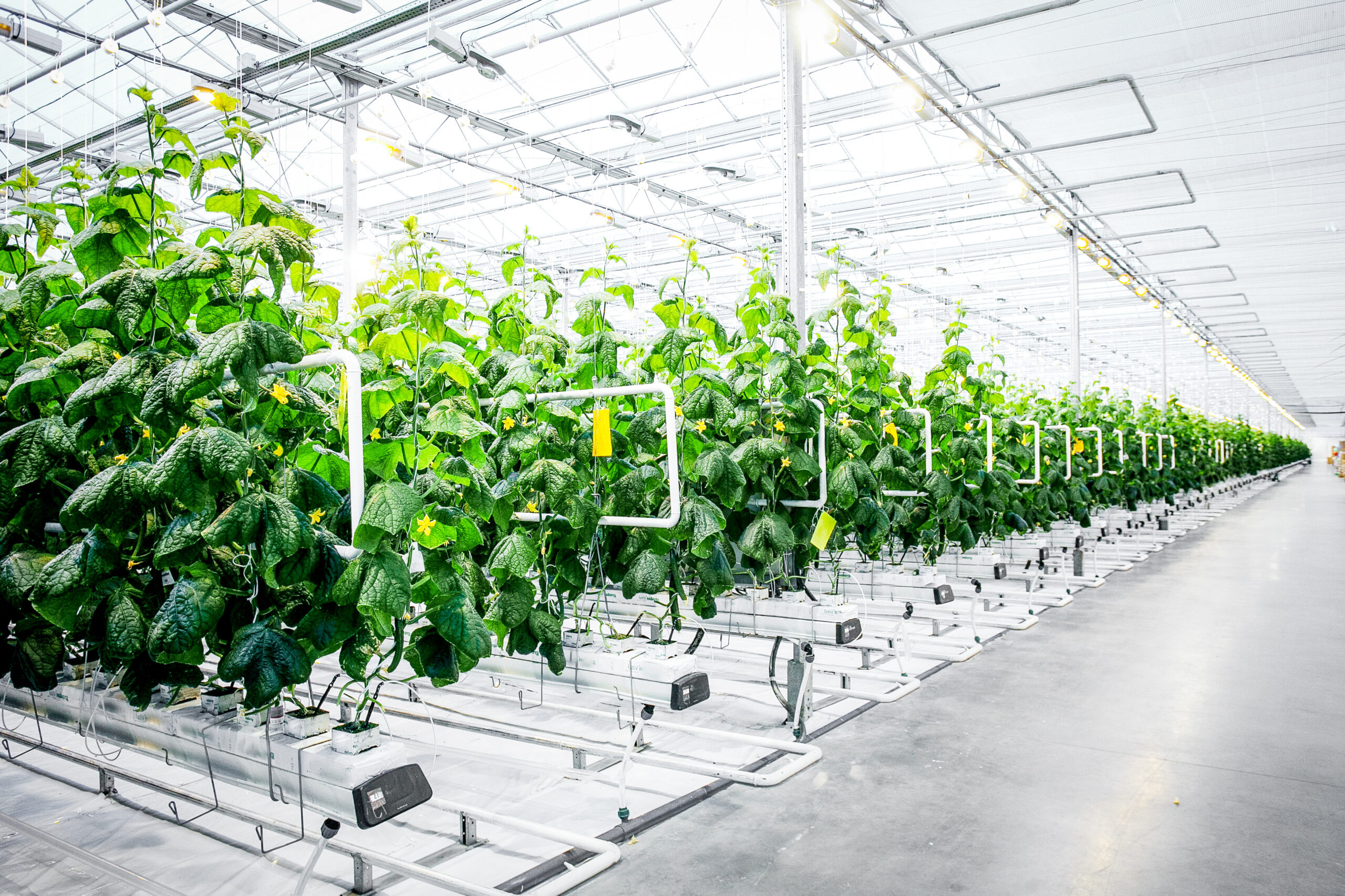
Starting your growing journey can be daunting. It seems like there’s so much you have to know and understand. So we’ve put together some definitions and explanations to help you out with the lingo. Here at Vertikit we may be a business, but our top priority is to help more people start learning and growing, regardless of whether you’re using our products.
CEA:
CEA means Controlled Environment Agriculture, and it refers to any approach to growing which is not dependent on the natural environment. CEA is often technology-based, but a good basic example is a greenhouse, which removes certain environmental factors such as extreme temperature changes, wind and rain and allows for a more controlled growing experience. You don’t need a huge, expensive, high-tech setup for CEA, it can be as simple as growing herbs on a windowsill.
Vertical Farming:
Vertical farming is the process of growing crops in vertical layers, with crops growing above each other. Vertical farming hugely reduces the amount of flat space you need to produce crops, making it ideal for CEA as it also reduces the size of the environment you need to control. Vertical farming is most often accomplished using racks, as plants can be grown on each shelf while lights are attached to the underside of the shelf above.
Substrate:
A substrate is the surface or material on or from which an organism lives, grows or obtains its nourishment. While this technically includes soil or compost, in CEA the term usually refers to an alternative growing medium. Substrates fall into two categories, either solid or loose, and can range from specially made products to recycled materials such as carpet offcuts or sawdust.
Hydroponics:
Hydroponics is the process of growing plants in sand, gravel, or liquid, with added nutrients but without soil. Essentially hydroponics refers to any growing done using an alternative growing medium or substrate. Hydroponics is used exclusively in CEA as without soil, you must supplement your crops nutrients and often carefully monitor the moisture levels of your chosen substrate.
Germination:
Germination is the development of a plant from a seed or spore after a period of dormancy. Germination is a crucial stage in a plant’s life cycle as it marks the beginning of growth and development, influenced by factors such as temperature, moisture and light.
Propagation:
Propagation is the breeding of specimens of a plant or animal by natural processes from the parent stock. Propagation can be done through various methods, including seeds, cuttings, division, grafting, and tissue culture. Each method involves taking a part of an existing plant, such as seeds, stems, leaves, or roots, and encouraging it to develop into a new, independent plant.
Crop Density:
Crop density is the number of individuals of a given species that occurs within a given sample unit or study area. The appropriate crop density varies depending on the specific crop being grown, its growth habits and the environmental conditions. Achieving the right crop density is essential to maximise the utilisation of available resources and obtain high yields without compromising the health and development of individual plants. Too high a density may lead to competition for resources and increased susceptibility to pests and diseases, while too low a density may result in underutilization of the growing area and reduced overall yield potential.
Water Holding:
The water holding capacity of a material is the ability of the material to hold water against gravity. It is a crucial property for agricultural and horticultural purposes because it directly influences the availability of water to plant roots. Substrates with high water holding capacity can retain more water, providing a reservoir for plants between irrigation. On the other hand, substrates with low water holding capacity may require more frequent irrigation to ensure plants have sufficient water for their needs.
Photoperiod:
The photoperiod is the period of time each day during which an organism receives illumination. For plants, photoperiod is a critical environmental cue that regulates flowering, growth, and other developmental stages. Different crops have varying photoperiodic responses. Some plants are considered short-day crops and require longer nights to initiate flowering, while others are long-day crops that require shorter nights to bloom. CEA allows growers to tailor the light duration to meet the specific requirements of each crop, thereby optimising growth and production.
Sprout:
A sprout is a young and tender shoot or seedling that has just emerged from a seed during the early stages of germination. Sprouts are commonly grown for their nutritional value, as they are rich in vitamins, minerals, and enzymes.
Microgreen:
Microgreens are the shoots of salad vegetables such as rocket, celery, beetroot, etc., picked just after the first leaves have developed. Microgreens are typically harvested when they reach a height of 1-3 inches, which is usually within 7 to 21 days after sowing, depending on the specific crop. They are harvested by cutting the stems just above the soil line or growing medium.
Babygreen:
Babygreens are young and tender leaves of various edible plants, typically harvested at an early stage of growth, just before or shortly after the first “true” leaves have developed. Babygreens are more mature than microgreens but younger than fully mature greens.